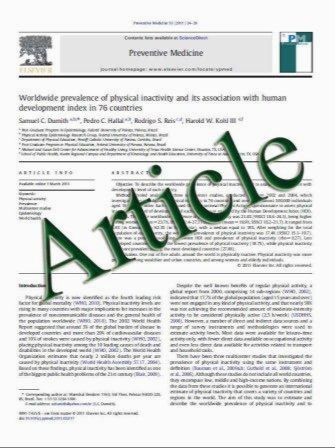Development of a model of benign esophageal stricture in rats: the optimal concentration of sodium hydroxide for stricture formation
- نوع فایل : کتاب
- زبان : انگلیسی
- مؤلف : Yuichi Okata • Chieko Hisamatsu • Tomomi Hasegawa • Eiji Nishijima • Yutaka Okita
- چاپ و سال / کشور: 2011
Description
Purpose To investigate the optimal concentration of sodium hydroxide (NaOH) on esophageal stricture formation in rats to establish an animal model of benign esophageal stricture (BES). Methods Corrosive esophageal burn was produced by internal application of different concentrations of NaOH to the distal esophagus in rats. As much as 66 male rats were randomly divided into eight groups: Group A (control, n = 6), Group B (sham-operated group, n = 6), Group C (5% NaOH, n = 8), Group D (10% NaOH, n = 8), Group E (20% NaOH, n = 8), Group F (30% NaOH, n = 10), Group G (40% NaOH, n = 14), and Group H (50% NaOH, n = 6). Surviving rats were killed at 28 days. The survival rate, body weight gain, symptoms, and histopathological changes were assessed. Results The mortality rate was high in Groups G and H (73 and 67%). The prevalence of symptoms of BES was 43% in Groups D and E, 50% in Group F, 75% in Group G, and 100% in Group H. Statistically significant stricture formation of the esophagus was observed in Groups F and G. The degree of tissue damage was significantly higher in Groups E, F, and G. Conclusion A high concentration of NaOH of 30% was required to establish a survivable BES model in rats.
Pediatr Surg Int (2011) 27:73–80 DOI 10.1007/s00383-010-2711-5 Published online: 24 September 2010


